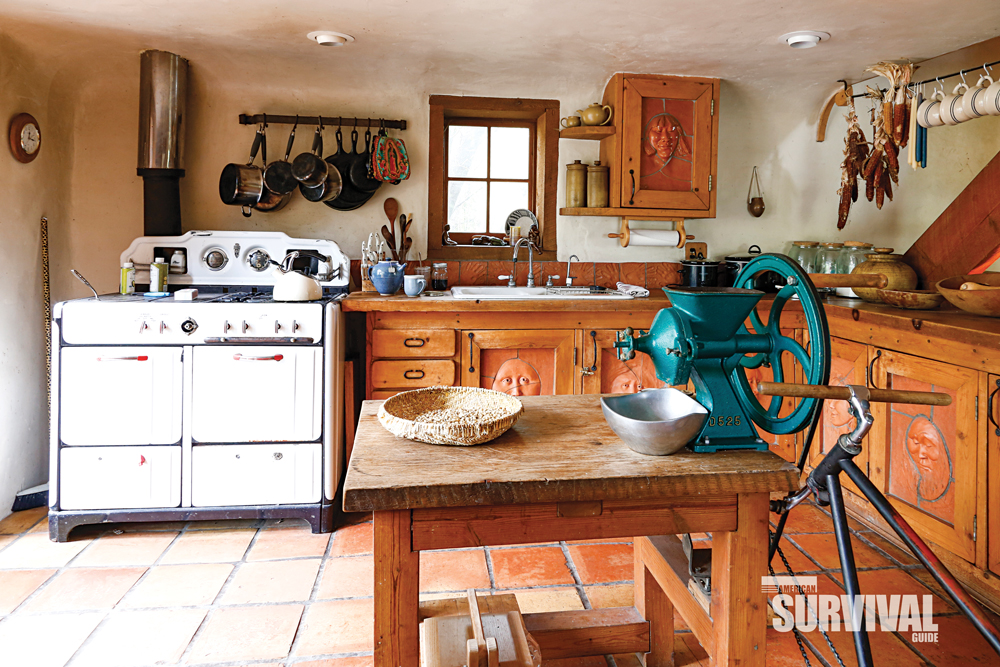You can cut the (power) cord and still live the good life.
Although it’s possible to live without electricity and still take advantage of using some technology, not many choose to do so in the first world’s urban environments, largely because cities aren’t set up for us to live self-reliantly.
This means that if you choose to live without electricity and rely more on yourself, you have to find the ways to do so within your limitations. Or, you simply need to move to a more rural environment, where it’ll be much simpler to do so.
To live ecologically and without electricity doesn’t necessarily mean living without technology. In modern times, the best example of people in a first world country choosing to live almost completely without electricity is the Amish, who reside mostly in rural Ohio and Pennsylvania on large family farms.
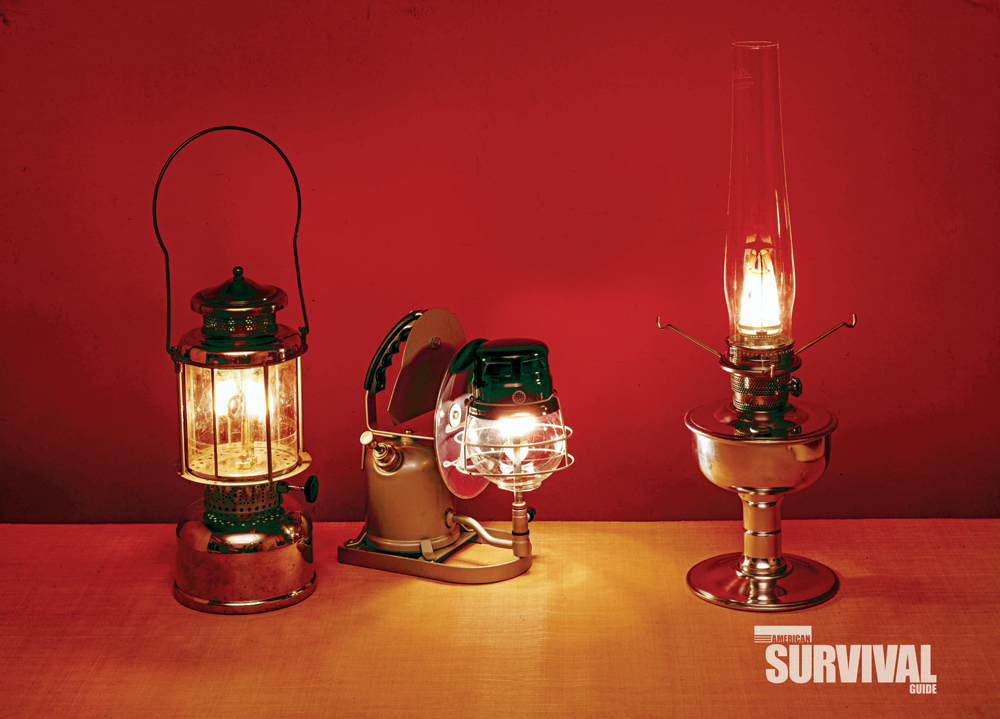
We’ll discuss some of the ways in which the Amish do this and look for its application to the typical American lifestyle. Keep in mind that there are several companies that still cater almost exclusively to the Amish and their particular needs, and anyone can purchase from these companies.
Other than people who’re trying to live more ecologically by choice, there are those in third world countries who have no choice but to live without electricity. Some people in this situation have found creative and economical means to get their needs met without electricity; others do everything they can to use higher and more-costly technologies.
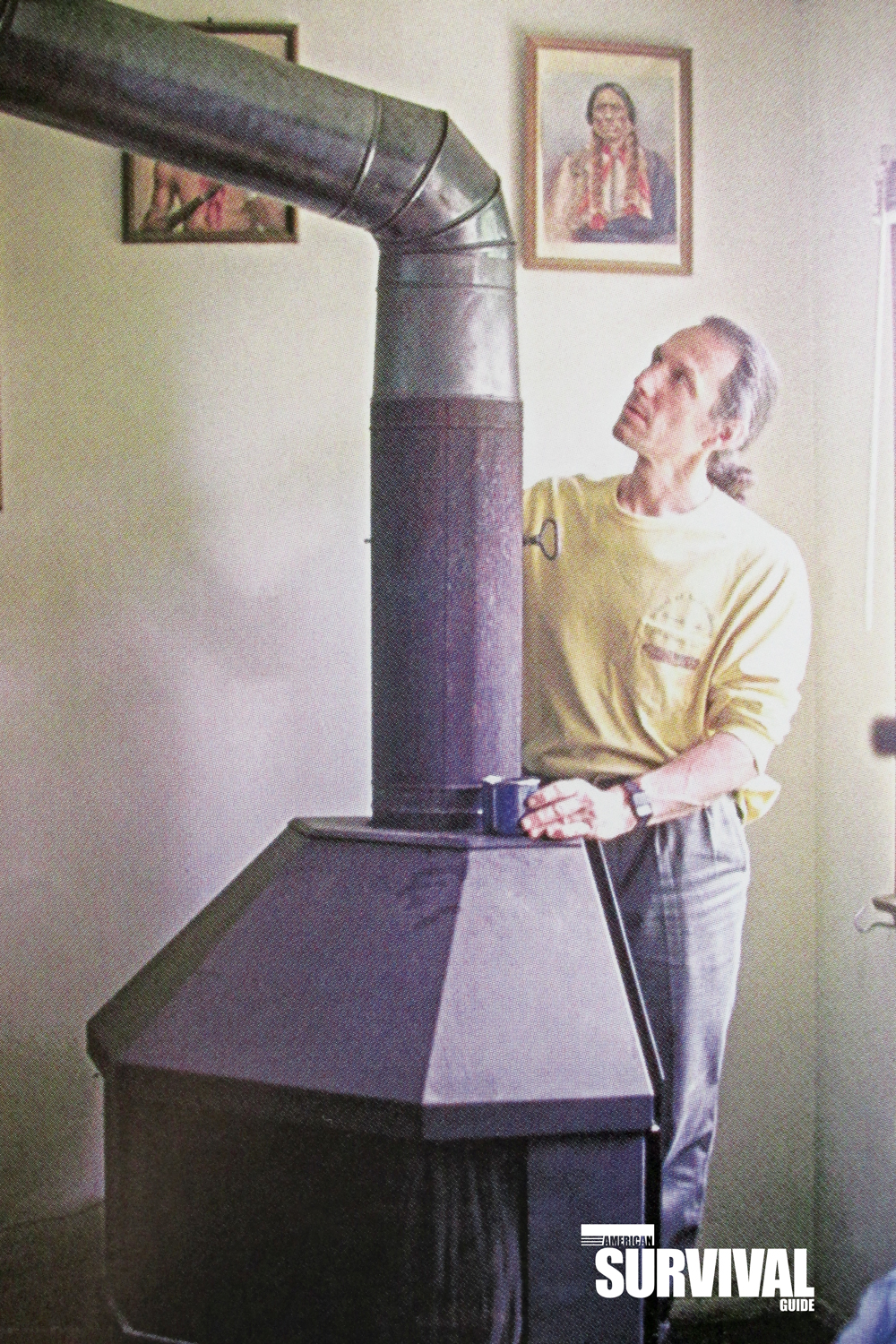
Housing
To begin with, the Amish know a thing or two about building houses and barns and how to keep the costs down. How do they do it? Well, when a family needs a new barn or house, everyone in the county gets together, camps out on the family’s land and works on it until it’s done.
If it’s a house, the structure is then over-built, well-insulated and situated to take advantage of the sun, the prevailing winds and even the flow of seasonal streams. A house well-positioned and properly built can use up to 85 percent less fuel to heat and cool it.
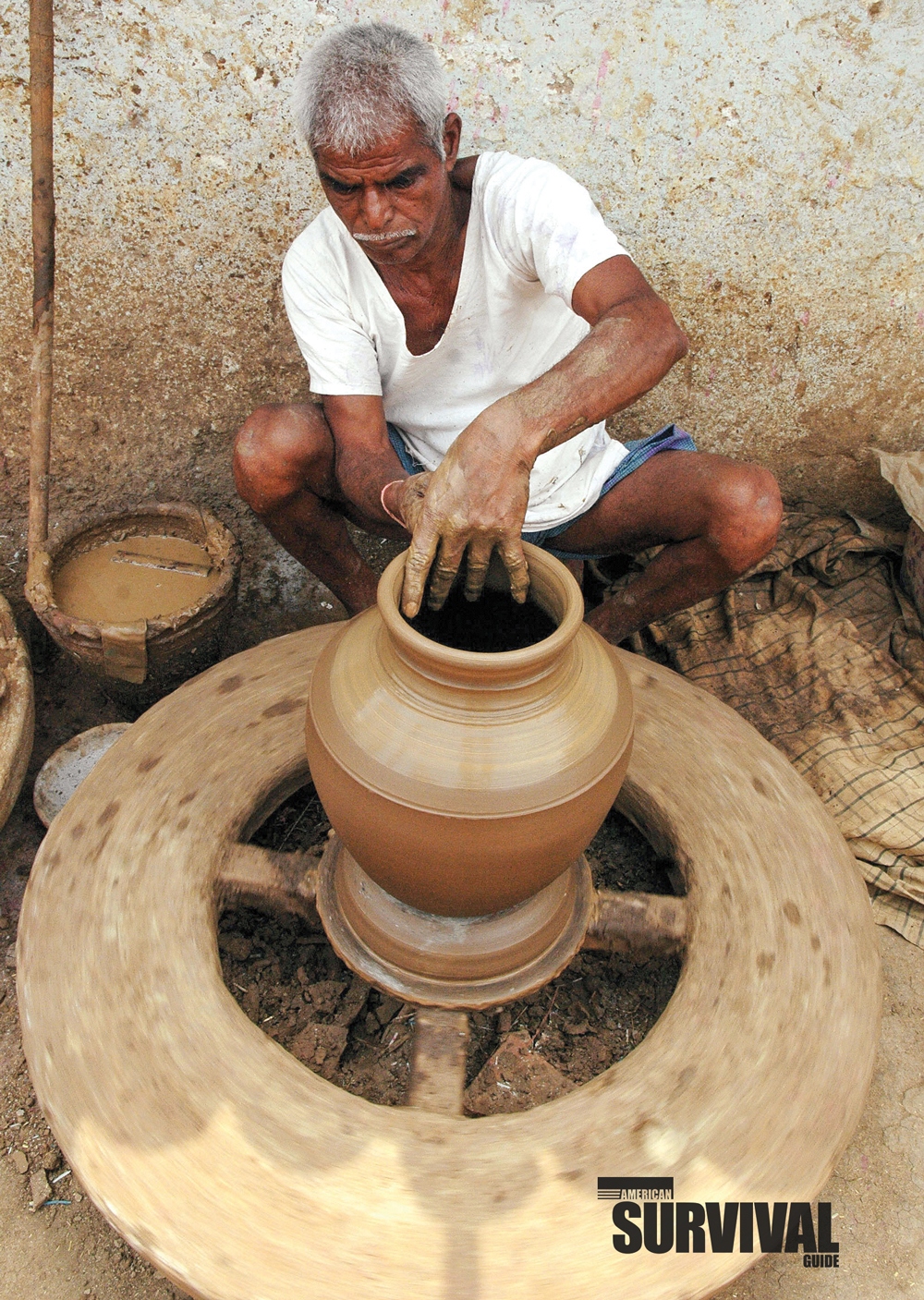
Heating and Cooling
Heating and cooling the modern home comprise some of the biggest expenses for the typical modern American household—not to mention the significant waste of resources.
The Amish build their homes facing south to take advantage of the sun (remember, they have no electric lighting). The north-facing roof is typically sloped more steeply so the snow slides off before too much accumulates. The windows are always double paned to hold in the heat from the wood stoves, and the walls are far more insulated than in the average American home.
In fact, there’s no reason every house built in the future can’t have thicker walls and better-insulated walls, floors and ceilings. It’s the easiest and most cost-effective way to create homes that’ll use far less energy for heating and cooling over their lifetimes. It’s typically not done, because this can add several thousand dollars to the construction costs. In addition, because the building trade, as well as the current “house-flipper” mania, is more concerned about turning a quick buck, it’s up to the individual homeowner to make sure the home is properly insulated.
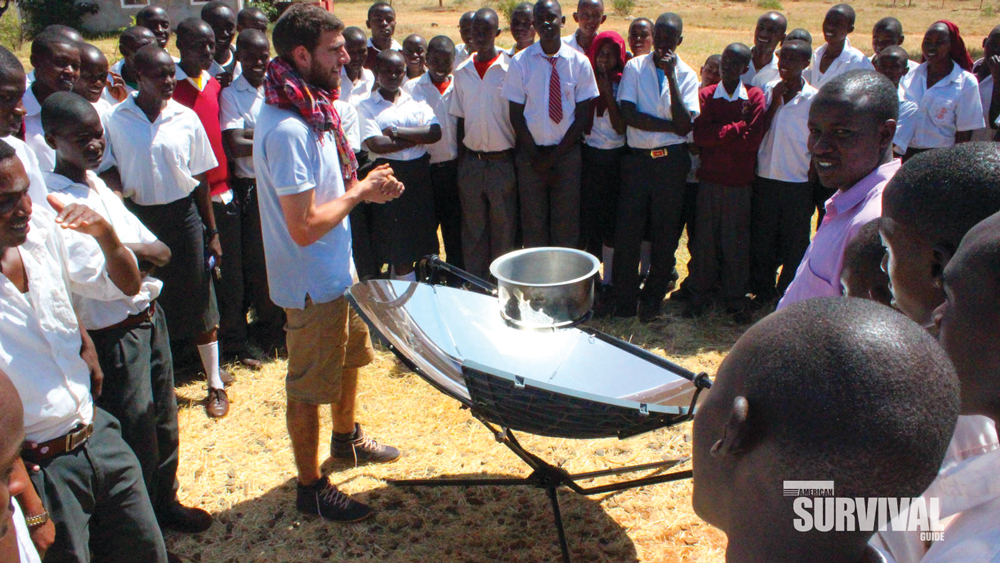
In order to not cool the home in summer and heat the home in winter via electricity, you need to use a variety of passive methods, along with a few low-tech methods.
For instance, using more insulation and building thicker exterior walls are the best investments you can make to reduce your heating and cooling costs. And, a solar-operated attic fan will also help draw the heat out of the attic in the summer and keep the house cooler.
Another passive option is to find a way to have a breeze move through the house. This is largely dependent on the local wind conditions and orientation of the house. However, I was able to do this in my Los Angeles home by installing metal security screens at the front and back doors, so I could leave the doors open all night in the summer.
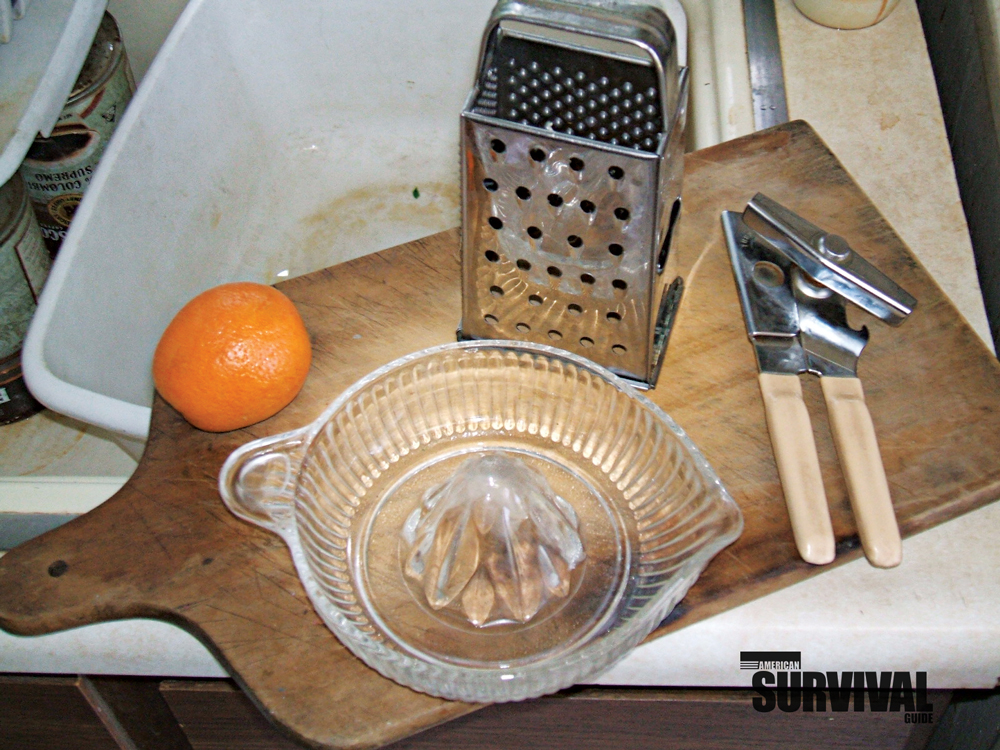
Wood Stoves
Although some Amish homes have fireplaces, most have wood stoves, which are used for both cooking and heating.
Many urban communities have actually banned wood stoves and wood fireplaces because the city fathers allege that the smoke contributes to bad air quality. These “very good reasons” are how cities work against your being self-reliant. Still, you should investigate quality wood stoves for both heating and cooking if you’re not prevented by local laws.
I was living in Los Angeles in a poorer section of town, so I was able to get away with a lot before the Los Angeles Department of Building and Safety ever knew what I was doing. I was told that it’s no longer legal to install wood stoves. However, I installed mine before the law kicked in, and the law grandfathered in pre-existing wood stoves.
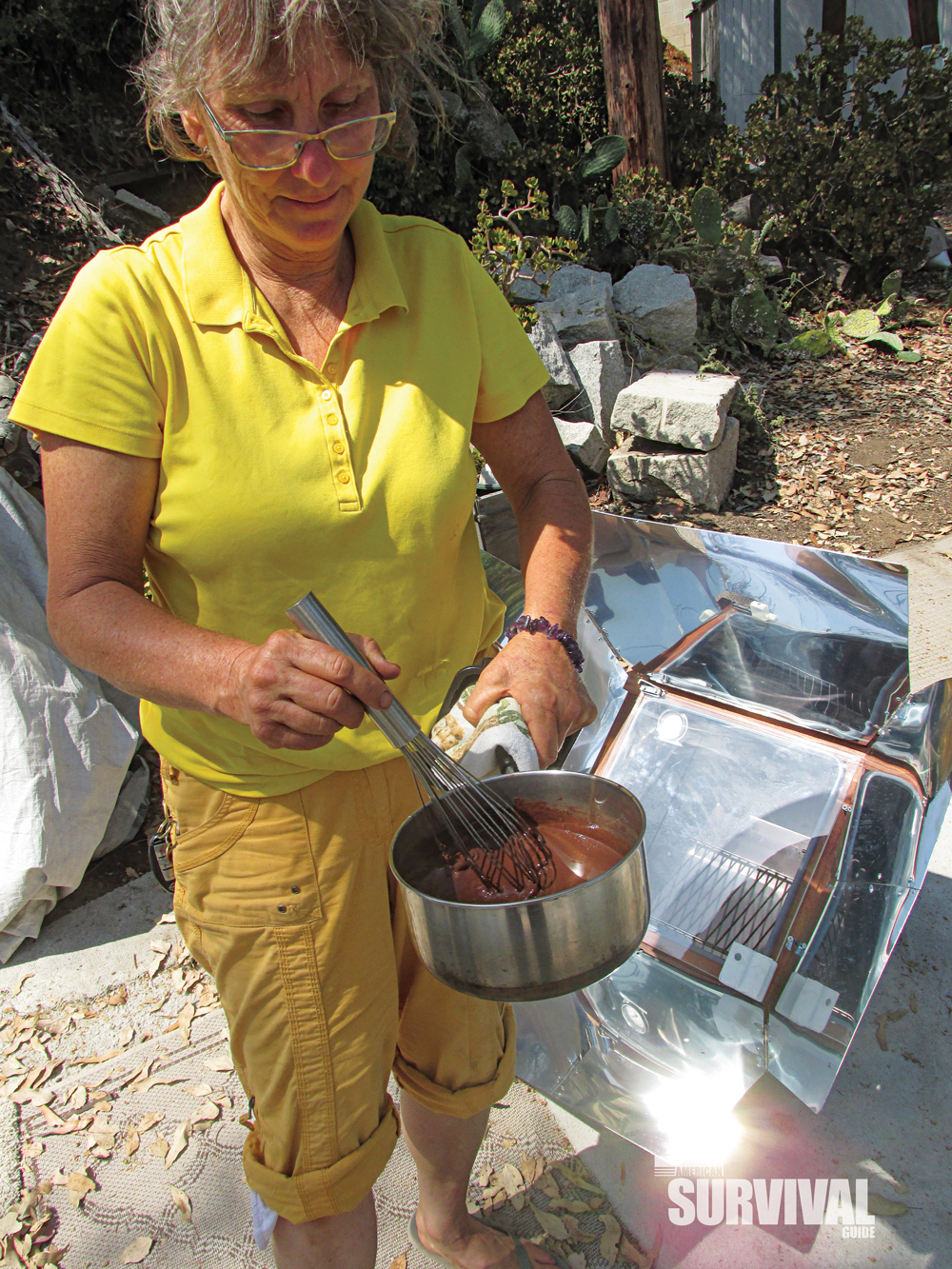
Using a wood stove can dramatically improve your ability to live self-reliantly. Many companies still manufacture these, and they’re widely available second-hand. How do you know if the stove is still good and worth buying? Make sure you examine it carefully: Is there rust that threatens the integrity of any of the walls, joints or moving parts? Do the doors align properly, work easily and seal well? Are there any missing parts? Are the venting pipes included?
Once you purchase one, be sure to install it properly. You want to enjoy your woodstove indoors—not outdoors, watching as your house burns down. Also, remember that you need a regular source of safe wood; ideally wood you don’t need to pay for. And, never burn wood indoors that’s been treated, stained or painted.
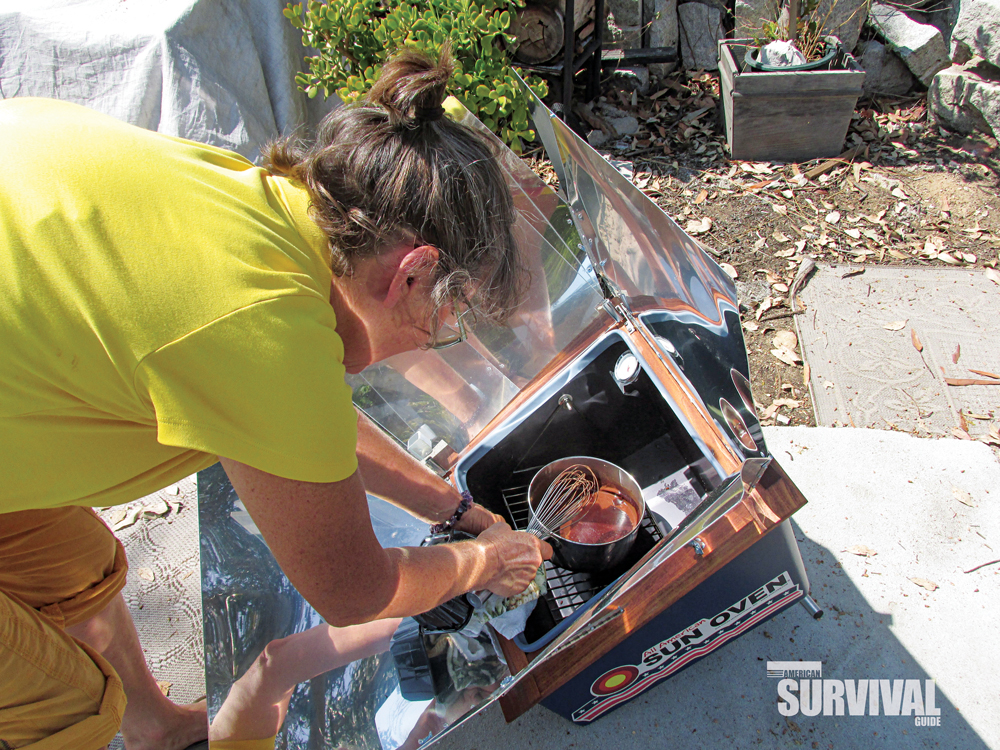
Lighting
Electric lighting is a big part of any modern home, but with proper construction and aligning the most-used rooms of the house to the south, you can minimize the need for electricity during the day. There are light tubes (also known as “sun tunnels”) that bring the daytime light inside the home quite effectively. Today, a variety of these tunnels is available at big-box building supply stores.
Additionally, there are all manner of oil lamps that are currently manufactured. They produce lighting nearly as good as electric lighting. And, if you chose to be totally off the grid—with no wiring at all, you still might like some battery-operated lanterns. They’re readily available, and you can purchase modern rechargeable batteries and recharge them via some of the solar power systems that are currently available.
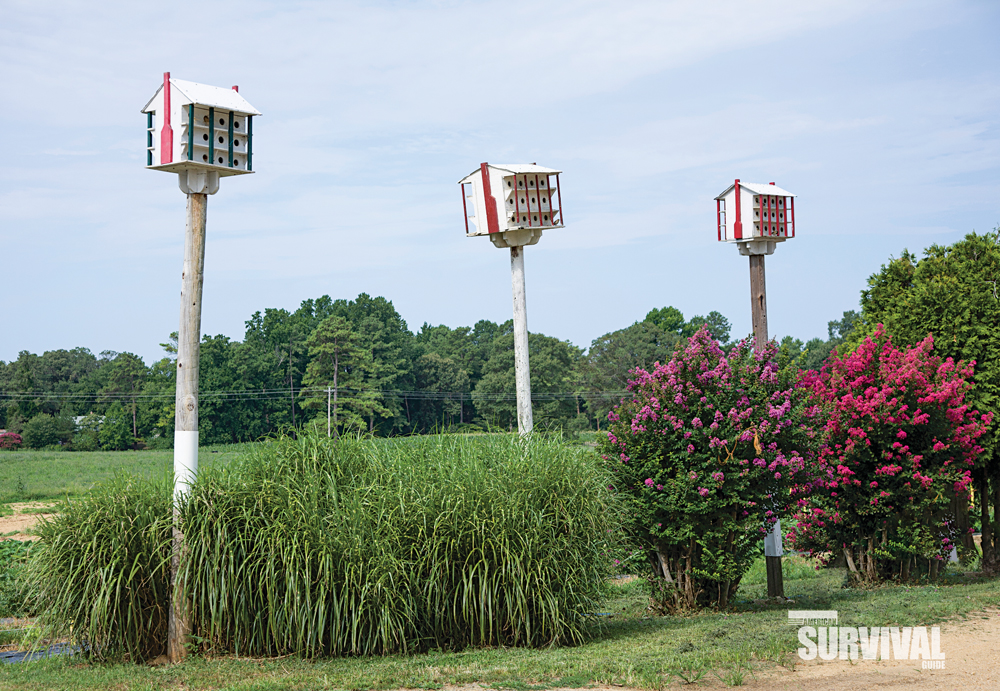
Refrigeration
In many parts of the world where there’s no available electric refrigeration, people purchase dried goods, canned goods and often simply go to local farmers markets to purchase fresh produce. They eat the food before the need for refrigeration arises.
Until the 1960s, people used to have home delivery of fresh milk! And most homes would have a cooler cabinet somewhere in the kitchen (my parents had one in their old Pasadena home). The shelves were all heavy-duty screen to allow an airflow, and the cabinet was open all the way from the basement through to the attic. This allowed an upward flow of cool air, and it kept foods cooler than if they were just out in the open.
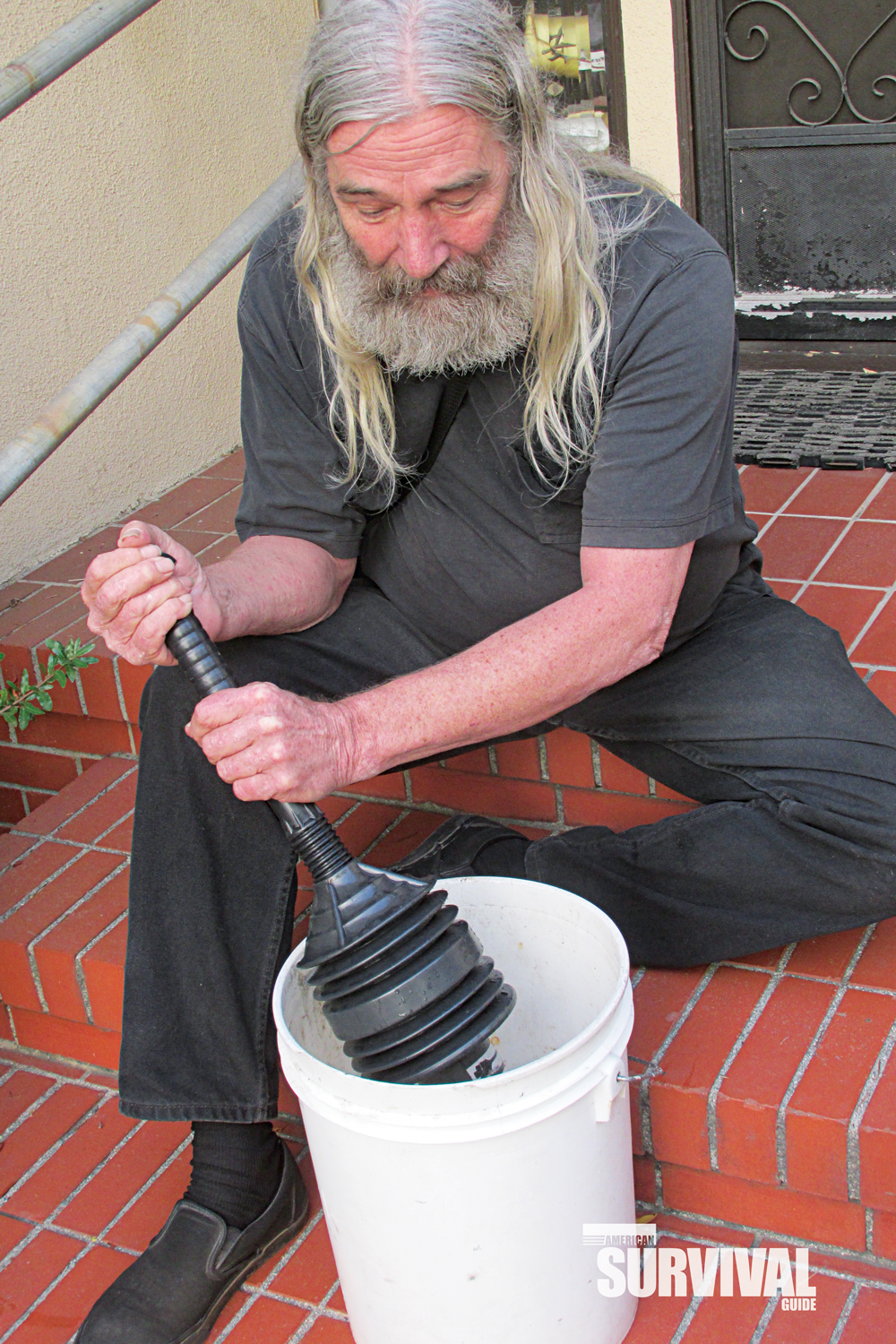
Ice boxes are things of the past. However, in the pre-electricity days, people owned a heavily insulated cabinet, and they’d put ice onto the top of it. Cold air descends, so the cooling effect would keep the food cooler inside the cabinet. You can still buy ice boxes at antique shops, but you’d need to have a supply of ice … and the most practical way to have a steady supply of ice is through modern refrigeration, so that’s why most off-the-grid folks don’t have one of these.
With no electric refrigeration, all your food will need to be commercially or home-canned, dried (rice, beans, pasta, fruits, vegetables and meats, for instance), freeze-dried or placed in retort pouches (a “retort pouch” or “retortable pouch” is a type of food packaging made from a laminate of flexible plastic and metal foils. It allows for the sterile packaging of a wide variety of food and drink handled by aseptic processing and is used as an alternative to traditional industrial canning methods). Otherwise, you keep a garden going and constantly grow some of your food. In addition, you get to know all your local farms and farm markets.
Taking a look at the extent and expense of your heating and cooling needs for both storing and processing food and making your home comfortable throughout the year can be quite eye-opening. It should give you some ideas about how to reduce your dependence on energy and technology—and how to live more simply in the process.
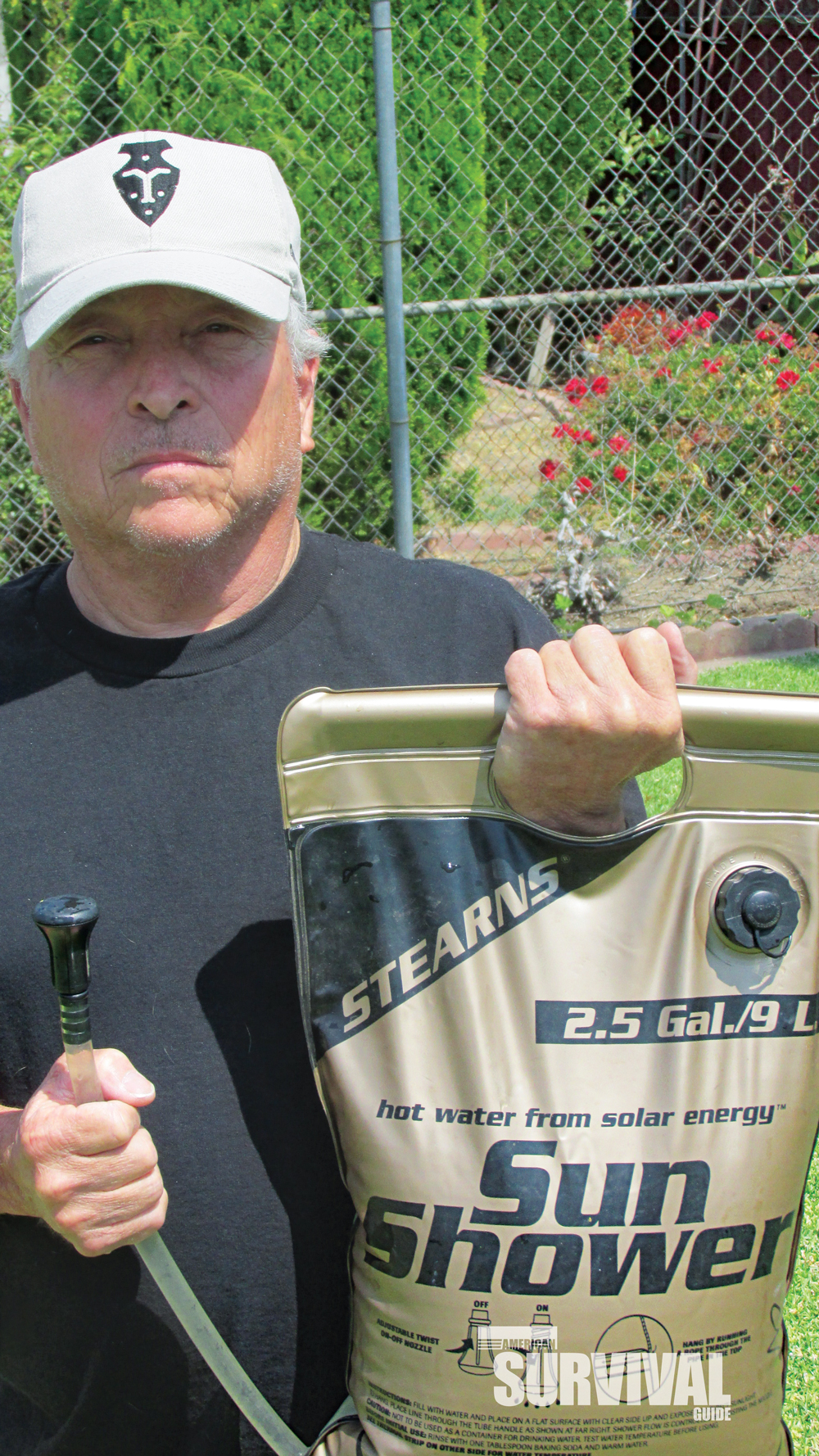
Food Production
In just about every case in which someone decides to “go off the grid” and live a more self-reliant life, food production becomes a major part of their life.
Think about it. When just about everyone was a farmer, you grew your own food, and you were concerned about the water supply and rain. You didn’t have all the modern electrical devices, and people didn’t miss what they didn’t know about. They cooked on wood stoves, used lanterns and slept on the beds they made. They talked face to face and learned the value of community by doing things together—such as the Amish gathering together for barn- or house-raisings.
Food production begins with you producing the foods you want to eat and knowing what grows well in your area. As you get good at it, you produce beyond your own needs, so your excess becomes your barter material; effectively, it’s your “money.”
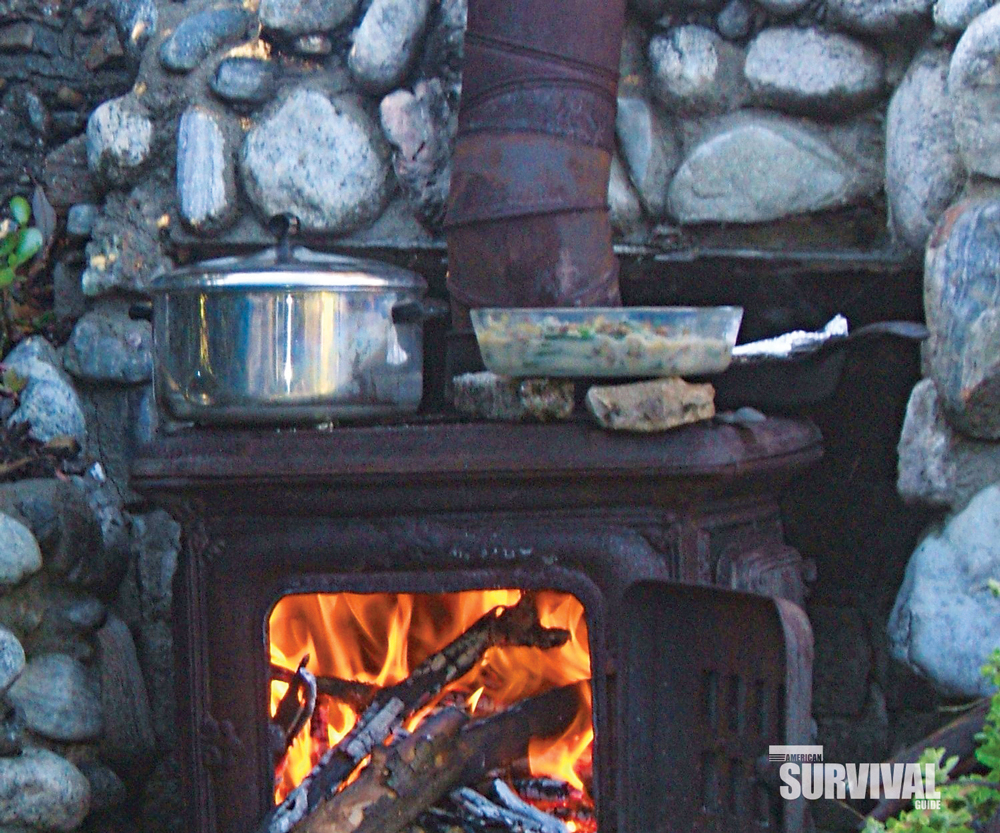
Food production isn’t just growing trees and crops. It also includes raising bees, chickens, rabbits, goats, pigs and many of the larger animals.
When you become a productive member of your community, even on a small scale, you’ve created the reasons for people to come together … for planting, harvesting, butchering, storing, drying and all the things it takes for a community to thrive and survive. It should come as no surprise that when a community is actively involved in producing the foods and goods they need, they don’t seem to even miss the electronic side of life.
Manual Tools
For most of the myriad jobs for which you would buy an electric appliance, you can still buy a manual device. Someone choosing to eschew electricity would need to buy manual tools. This would include such things as a manual coffee grinder, orange juicer, can opener and other frequently used conveniences. You can also buy manual drills, rakes, brooms, saws, rasps and all manner of hand tools for building and maintaining your 19th-century lifestyle.
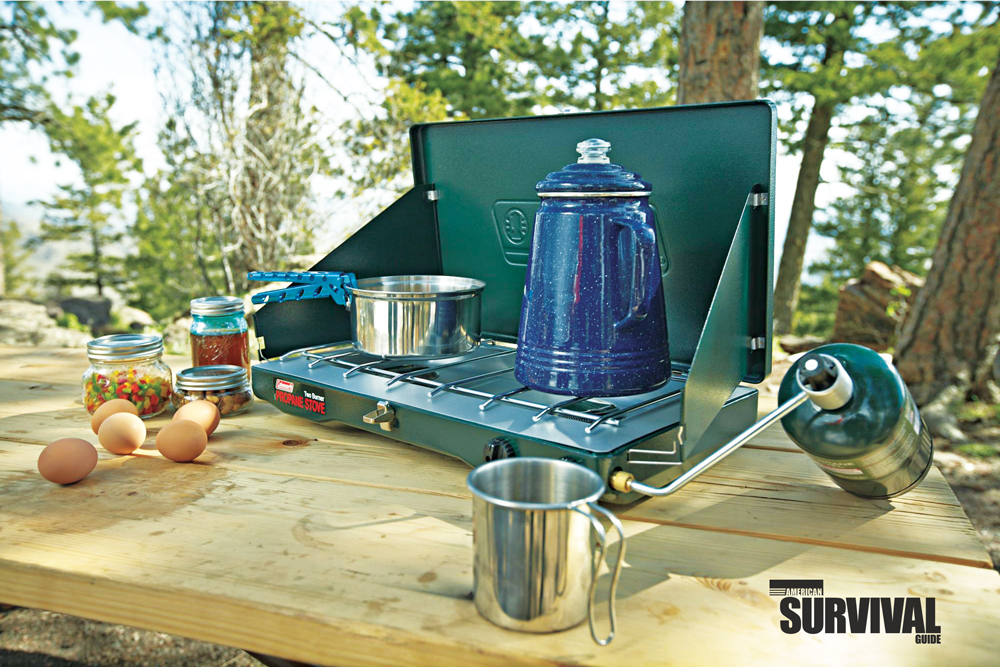
Access to Electronics
You could probably have a cell phone and still have no home wiring, assuming you had cell coverage where you lived and a way to keep your battery charged. That would easily be handled with one of the many available small solar chargers you plug your phone into during the day when it needs a charge.
Television? I would assume that someone wanting to pursue a non-electric lifestyle wouldn’t want a television (you don’t see televisions in Amish homes!). However, from the RV industry, there’s an endless array of electric devices all running on 12 volts DC (direct current). Conceivably, perhaps as a compromise, you could have a small TV and run it from batteries powered by the sun. You’d still be using electricity, but it would be off grid.
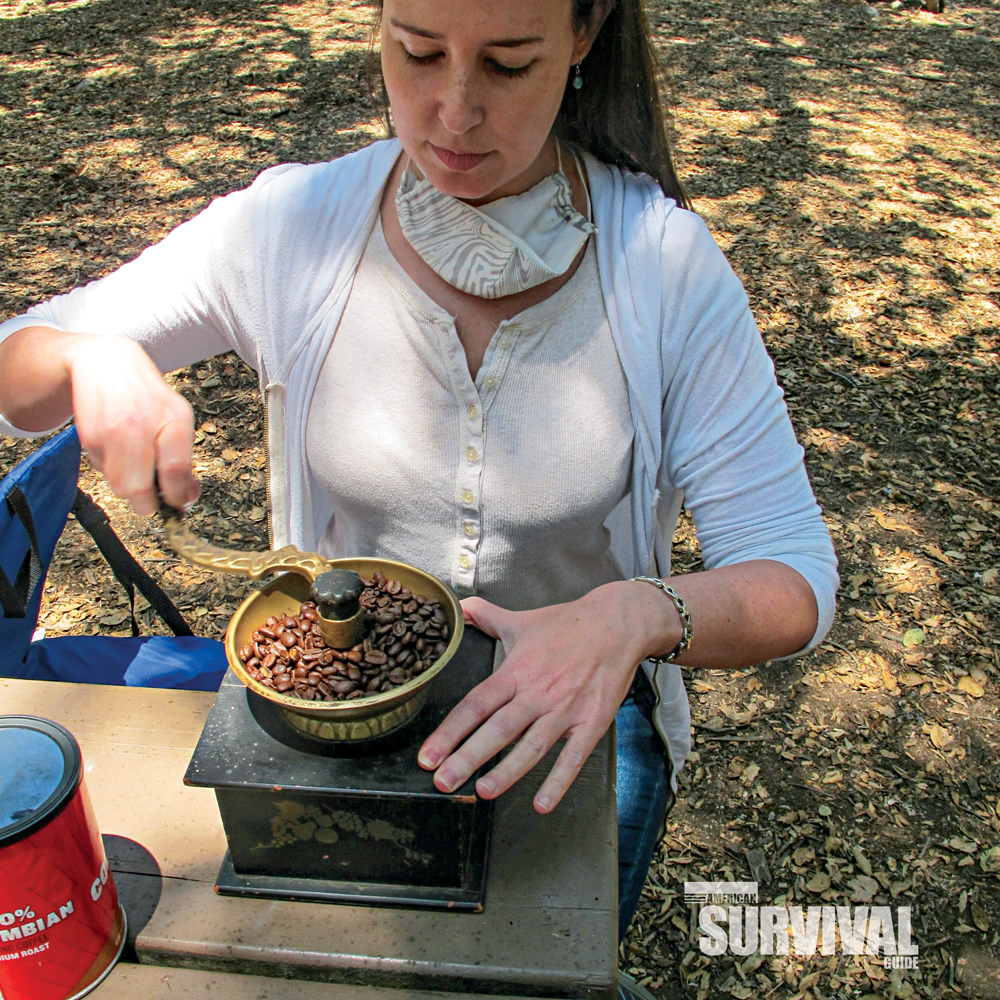
The computer is inherently an electrical device, so you’d need electricity from batteries or the sun if you wanted or needed a computer. Otherwise, you can get your news the old-fashioned way: from the newspaper!
(In fact, it’s been argued that although most of us who are drowning in the information we get bombarded with every day from our computers and who have all the facts in the world at our fingertips with our smart phones, we’re no better informed than people who read and study carefully.
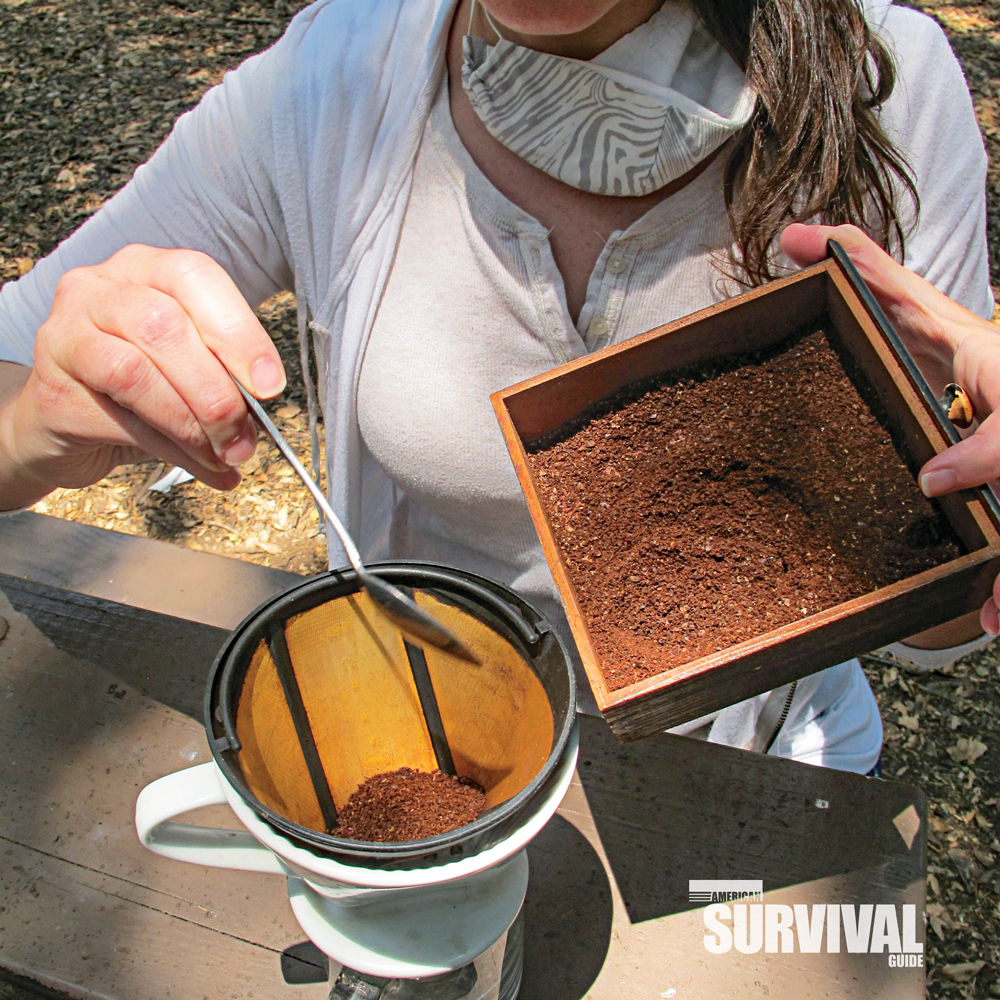
And, with the “addiction” to smart phones and computers, sociologists have observed that although the average user can spout facts, the ability to understand the deeper meaning of historical events, ongoing politics and even controversial topics is now more garbled than ever: So many of us expect instant gratification of knowledge without doing the intense work that’s required. The result, hard as it is for many to accept, is that computers and smart phones, despite their obvious benefits, have had the unintended consequence of “dumbing us down.”)
No wonder there are those who’ve simply continued with their lives without smart phones or computers. The continuance or degree of happiness of our lives doesn’t require these devices, and those who’ve chosen to live without them have rich and fulfilling lives.
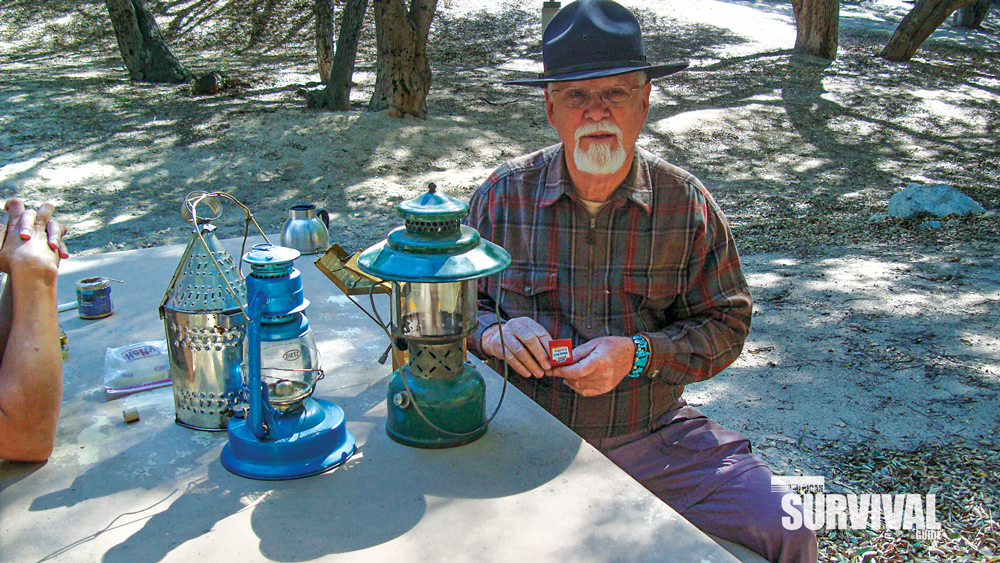
Homemade Water Cooler
I had a friend in Los Angeles who didn’t want an electric refrigerator. She purchased everything dried or canned and often went to her local market, which was one block away. For those items that absolutely needed to be kept cool, she had a makeshift evaporative cooler on her kitchen counter.
She simply placed the items into what looked like a large dish pan, added some water and draped a cotton cloth entirely over the food items. The water was slowly sucked into the cotton, from which it slowly evaporated. This process drew the heat out of the food and kept it cool enough for the few days she took to consume it.
Consider This Supply Source
Many Amish families purchase kitchen and farm tools from Lehmans. It offers gas-powered refrigerators, hand-operated appliances, stoves and an array of old-fashioned products that are used by many people living off the grid today.


